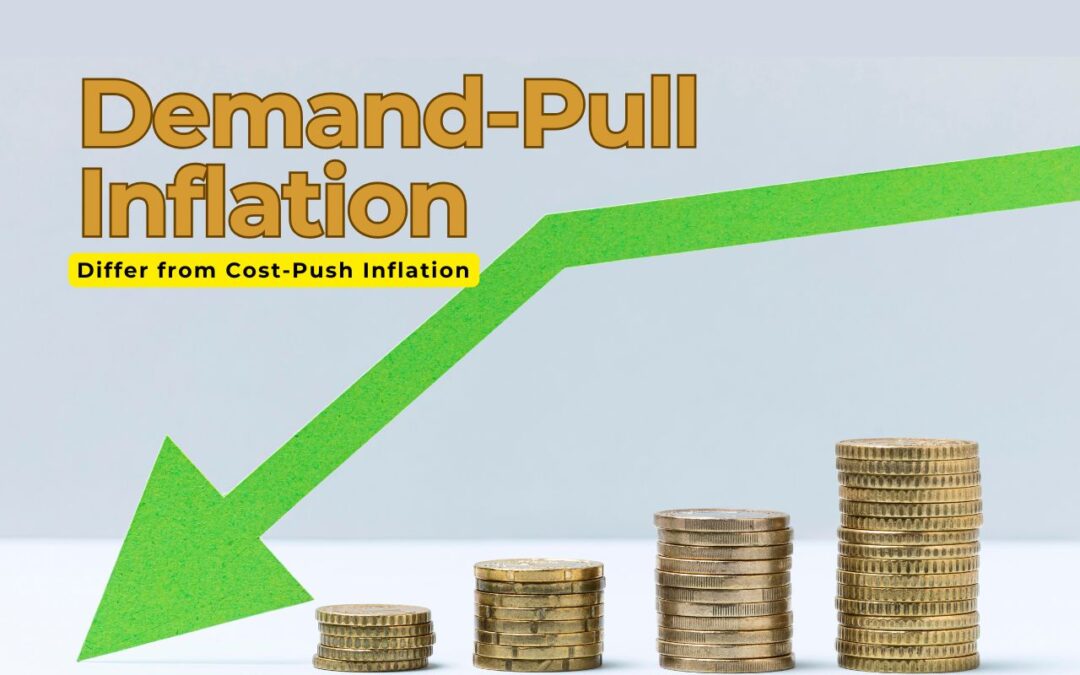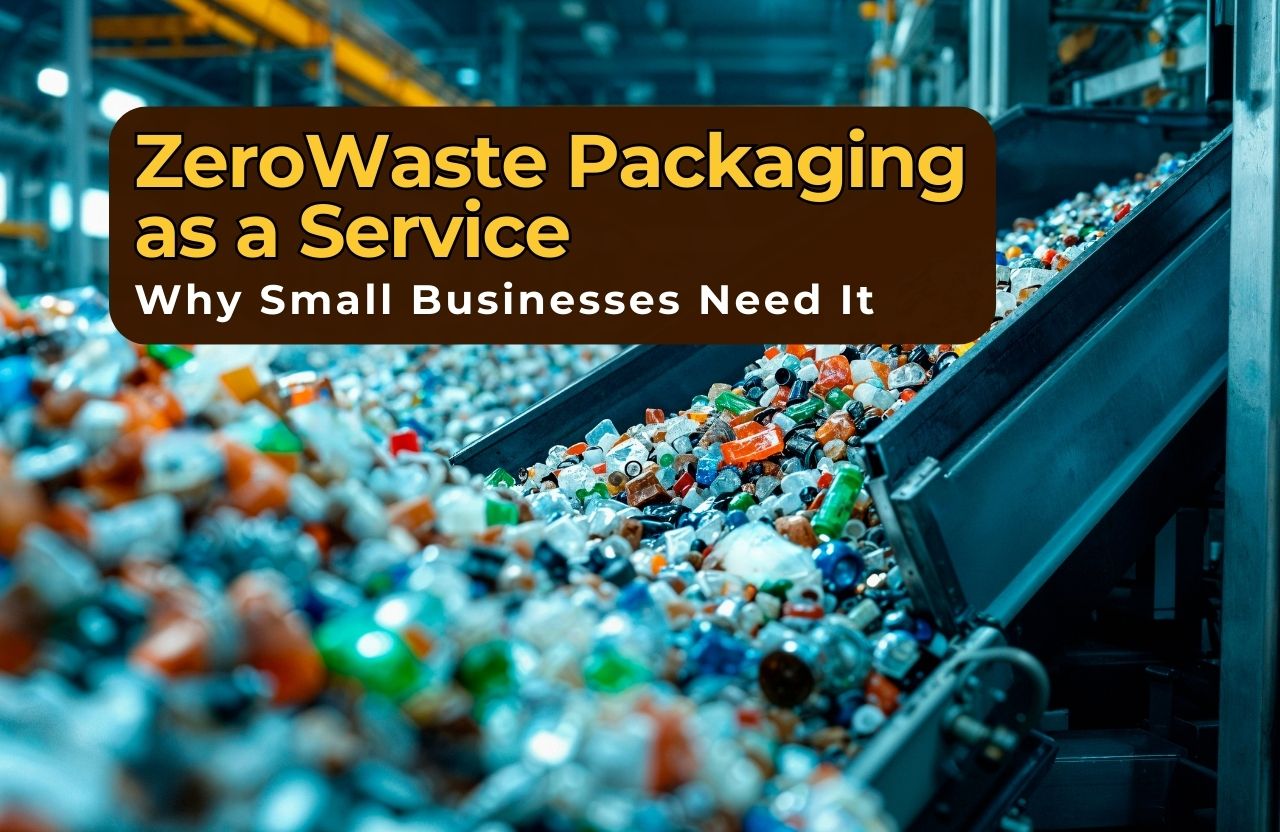Inflation is one of the most widely discussed topics in economics, especially during periods of economic uncertainty. It affects everything from the cost of groceries and gasoline to wages, savings, and interest rates. Among the various forms of inflation, two key types that frequently surface in economic discussions are demand-pull inflation and cost-push inflation.
While both result in rising prices and decreased purchasing power, they differ in terms of causes, economic consequences, and the appropriate policy responses. Understanding these differences is essential not just for economists and policymakers but also for investors, business owners, and everyday consumers.
What is Demand-Pull Inflation?
Demand-pull inflation occurs when the demand for goods and services in an economy exceeds the available supply. In simple terms, it’s a situation where too much money is chasing too few goods. This imbalance leads businesses to raise prices to balance the excessive demand with the limited supply.
This form of inflation is generally associated with economic growth and expansion. As employment rises and wages increase, people tend to spend more. If the economy is already near full production capacity, businesses find it difficult to increase output quickly. This leads to a rise in prices across various sectors.
Common Causes of Demand-Pull Inflation
Several factors can contribute to demand-pull inflation, including:
- Economic Growth and Rising Incomes: As an economy grows, people earn more and have more disposable income. Increased spending on goods and services boosts demand across sectors.
- Low Interest Rates: When central banks cut interest rates, borrowing becomes cheaper. This encourages both businesses and consumers to take out loans for spending and investment, which increases aggregate demand.
- Increased Government Spending: When governments inject large sums into the economy for example, through stimulus checks or infrastructure spending, overall demand increases. This can push prices up if supply doesn’t grow at the same pace.
- Rapid Export Growth: If a country experiences a surge in exports, the domestic supply of goods may decline. The remaining supply available for domestic consumption becomes scarce, driving up prices.
- Consumer Confidence: High consumer confidence encourages spending. People are more likely to make big purchases like homes, cars, and electronics if they believe their financial situation will improve.
Economic Impacts of Demand-Pull Inflation
Demand-pull inflation can have both positive and negative effects, depending on how it’s managed.
On the positive side, moderate inflation due to rising demand is usually a sign of a healthy, growing economy. It means consumers are confident, businesses are investing, and employment is strong.
However, if demand-pull inflation becomes excessive, it can lead to:
- Overheating of the economy
- Unrealistic asset prices (bubbles)
- Erosion of purchasing power
- Inequality, as wages may not rise uniformly across different sectors
Unchecked demand-pull inflation can trigger the central bank to increase interest rates, which in turn slows borrowing and can even lead to a recession if not handled carefully.
What is Cost-Push Inflation?
In contrast to demand-pull inflation, cost-push inflation arises from the supply side of the economy. It occurs when the cost of producing goods and services rises, and businesses pass these increased costs on to consumers in the form of higher prices.
Unlike demand-pull inflation, which usually coincides with economic growth, cost-push inflation can occur during periods of economic stagnation, making it particularly dangerous. It can reduce profit margins, discourage investment, and lower consumer spending.
Common Causes of Cost-Push Inflation
- Rising Wages: When workers demand and receive higher wages, especially in critical sectors, the cost of labor rises. This increases the overall cost of production, leading to higher prices for end consumers.
- Increased Prices of Raw Materials: A sudden spike in the price of oil, metals, or agricultural goods can have a ripple effect throughout the economy. If key inputs become expensive, every product that uses them becomes more costly.
- Supply Chain Disruptions: Natural disasters, pandemics, geopolitical tensions, or trade restrictions can disrupt global supply chains, causing shortages and increasing costs.
- Currency Depreciation: If the national currency loses value, imported goods become more expensive. This is especially problematic for countries that rely heavily on imports for manufacturing.
- Regulatory Costs and Taxes: New environmental regulations, tariffs, or increased taxes on production can also raise the cost of doing business, leading to price hikes.
Economic Impacts of Cost-Push Inflation
The consequences of cost-push inflation are often more severe than demand-pull inflation, especially if they occur during periods of weak economic growth.
Here’s how cost-push inflation can affect the economy:
- Stagflation: A dangerous condition where high inflation is coupled with stagnant economic growth and high unemployment.
- Reduced Profit Margins: Companies face rising costs but may be reluctant to increase prices too much for fear of losing customers.
- Lower Consumer Spending: As prices rise and real incomes fall, households cut back on discretionary spending.
- Investment Uncertainty: Inflation driven by rising costs can create uncertainty about future profitability, discouraging investment and innovation.
Key Differences Between Demand-Pull and Cost-Push Inflation
While both forms of inflation result in higher prices, the reasons behind them and their broader implications differ significantly.
Demand-pull inflation is driven by consumer demand, whereas cost-push inflation is triggered by production costs. Understanding this distinction is crucial for implementing effective economic policies.
In a demand-pull scenario, increasing interest rates and reducing government spending can help control inflation. These measures cool down the economy by reducing demand.
In contrast, with cost-push inflation, the problem lies in the supply chain or production process. Addressing it might require boosting supply, providing subsidies, easing regulations, or improving trade routes, not necessarily cutting demand.
Real-World Examples of Demand-Pull and Cost-Push Inflation
Example of Demand-Pull Inflation:
One notable example of demand-pull inflation occurred during the post-pandemic recovery in 2021 and 2022. In response to COVID-19, many governments around the world rolled out massive fiscal stimulus packages. These included direct payments to citizens, unemployment benefits, and business support grants.
As lockdowns ended and economic activity resumed, there was a surge in consumer demand. People had extra cash saved up during the lockdowns and were eager to spend. However, the supply of goods and services hadn’t caught up yet, resulting in supply bottlenecks. The mismatch between demand and supply caused prices to rise sharply across multiple sectors, including housing, automobiles, electronics, and travel.
Example of Cost-Push Inflation:
A clear instance of cost-push inflation can be observed during the oil crisis of the 1970s. In 1973, oil-producing countries in the OPEC cartel imposed an embargo, drastically reducing oil supply to Western nations. Oil prices quadrupled in a matter of months.
The high cost of oil led to increased transportation and manufacturing costs, which were then passed on to consumers. This resulted in widespread inflation at a time when economic growth was slowing a textbook case of stagflation.
More recently, the Russia-Ukraine war in 2022 disrupted global energy and food supplies, especially in Europe. The cost of oil, gas, and agricultural products rose significantly, sparking a wave of cost-push inflation around the globe.
Why Understanding These Differences Matters
The distinction between demand-pull and cost-push inflation is more than academic. For governments and central banks, understanding what is driving inflation is crucial to implementing the right economic policies.
For example, raising interest rates during a period of cost-push inflation may reduce demand without solving the underlying issue rising production costs. This could lead to unemployment and economic contraction, while inflation remains high.
On the other hand, failing to control demand-pull inflation in a booming economy can result in asset bubbles and overheating, which may eventually lead to a crash or recession.
For businesses, understanding inflation dynamics helps with pricing strategies, wage negotiations, supply chain planning, and investment decisions.
For investors, knowing what kind of inflation is in play can influence decisions about stocks, bonds, commodities, and real estate.
Even consumers benefit from this knowledge. It helps explain why prices are rising — whether due to high demand or increased production costs — and what to expect in terms of future interest rates, job prospects, and savings value.
How to Respond and Adapt to Inflation
Whether you are a policymaker, business owner, or consumer, there are strategic ways to respond to inflation depending on its type.
Responding to Demand-Pull Inflation:
- Monetary Tightening: Central banks can raise interest rates to curb borrowing and spending.
- Fiscal Austerity: Governments may reduce spending or increase taxes to control aggregate demand.
- Encouraging Savings: Policies that promote saving over spending can help reduce demand pressure.
Responding to Cost-Push Inflation:
- Improving Supply Chains: Investing in infrastructure and logistics to ease bottlenecks.
- Reducing Import Tariffs: Lowering taxes on imported raw materials can help reduce input costs.
- Subsidies or Tax Breaks: Temporary relief for essential industries to keep production affordable.
- Wage-Price Controls: In extreme cases, governments may intervene to cap wage and price increases.
Final Thoughts
Inflation is an inevitable part of economic life, but its causes and consequences are not always the same. Understanding the difference between demand-pull inflation and cost-push inflation is critical for designing effective economic policies, making informed business decisions, and navigating everyday financial life.
Demand-pull inflation originates from an excess of demand and is typically associated with economic booms. Cost-push inflation stems from rising production costs and can occur even when the economy is stagnant. Each requires a distinct approach to manage effectively.
By identifying the type of inflation affecting the economy, individuals and institutions can take appropriate measures to protect their financial health, sustain economic growth, and ensure price stability.













